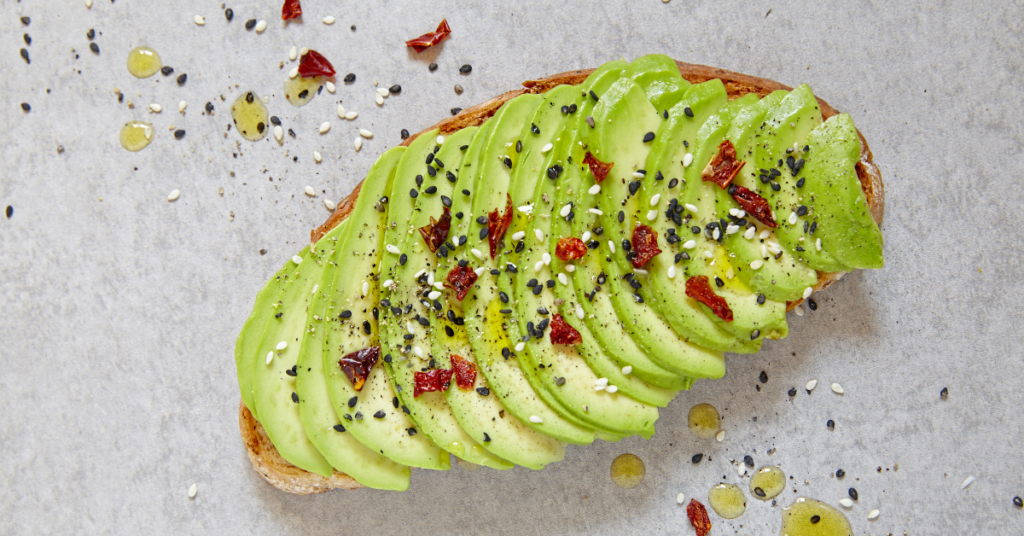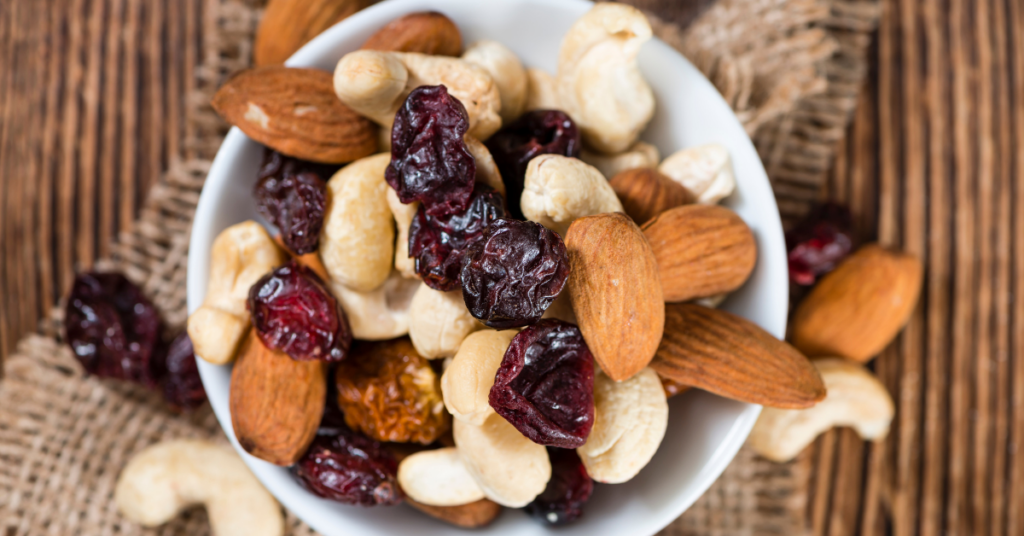Article at a Glance:
- Research shows that the current RDA of 0.36 g/lb (0.8 g/kg) is not enough for maintaining protein balance in vegan men, even those with low activity levels.
- Active individuals following a plant-based diet likely need about 0.73 to 0.91 g/lb (1.6–2.0 g/kg) daily to support muscle repair, growth, and recovery.
- Focusing on complete, high-quality plant protein sources, like soy, pea, and blended supplements, helps bridge nutritional gaps on days when intake falls short.
Do Active Vegans Really Need More Protein?
Vegan diets have earned a reputation for promoting long-term health, improving digestion, and reducing environmental impact. For active individuals, especially those focused on strength, endurance, or body composition goals, one key question often emerges: Is the standard protein recommendation enough?
The Recommended Dietary Allowance (RDA) for protein in adults is currently set at 0.36 grams per pound of body weight per day, which is equivalent to 0.8 grams per kilogram. While that may be sufficient for sedentary individuals, a growing body of research suggests that it falls short for those who live an active lifestyle, and even more so for those following a plant-based diet.
A 2023 study by Bartholomae et al., titled “Nitrogen Balance at the Recommended Dietary Allowance for Protein in Minimally Active Male Vegans,” helps bring this into focus.
Researchers looked into whether healthy vegan men eating the RDA level of protein could maintain nitrogen balance, one of the most direct ways to measure whether your body is getting enough protein to support recovery, strength gains, and overall performance.
Falling short may not seem like a big deal at first, but even a small gap can make it much harder to maintain muscle, let alone build it, which can leave you under-recovered, stalled in your progress, or more prone to fatigue.
Why Nitrogen Balance Matters
Nitrogen balance is a straightforward concept, but it has big implications for active individuals. Protein is the only macronutrient that contains nitrogen, making it a useful marker for whether your body is getting enough to repair and build tissue.
Nitrogen balance reflects whether your protein intake meets your body’s needs. Neutral balance means you’re consuming enough to match what’s used, while negative balance indicates a shortfall, hindering recovery and overall performance.
Positive nitrogen balance, on the other hand, is where maintenance happens. It means your protein intake is high enough to support not only the repair of your muscles but also the creation of new tissue. For anyone looking to perform well, recover fully, and stay strong through an active lifestyle, this is the zone you want to be in.
A Closer Look at the Study
Taking a closer look at the Bartholomae study, we can now dive into the specific methods and findings that show why the current recommendation may not be enough, especially for those living an active lifestyle.
Over a five-day period, researchers examined whether healthy vegan men could maintain nitrogen balance while following a plant-based diet designed to meet the protein RDA of 0.36 grams per pound of body weight per day. While the timeframe was short, nitrogen balance is a responsive and well-established marker in nutrition research, making it suitable for short-term study.
The participants, who had been vegan for an average of seven years, received their meals directly from the research team and followed a structured protocol to control for calorie intake, activity, and adherence. Protein sources included soy, pea, and other common plant ingredients designed to reflect a real-world vegan diet.
Despite consuming adequate calories and a variety of protein sources, nearly all participants failed to maintain nitrogen balance. On average, they experienced a negative nitrogen balance of –1.38 grams per day, suggesting that even a well-planned vegan diet may fall short if total protein intake is too low. While the study’s short duration and small sample size limit broad conclusions, its findings align with broader research on plant-based protein needs.
Importantly, these were not highly active individuals. They performed at a light to moderate activity level, equating to about 2-4 hours of walking or yoga per week. If these minimally active participants could not meet their protein needs at the RDA level, the risk of falling short becomes even greater for those training regularly. Over time, this shortfall can contribute to slower recovery, loss of lean mass, or plateaus in strength and performance.
Why Active Vegans Need More Than the RDA
Training — whether it involves lifting weights, running, or even extended mobility work like yoga or pilates — increases the body’s demand for protein. Exercise causes microtears in muscle tissue, which need to be repaired. It also increases protein turnover, the rate at which the body breaks down and rebuilds proteins.
Add to that the slightly lower digestibility and amino acid availability of plant proteins, and you have a clear reason to adjust protein targets upward. While this isn’t a major issue in a single meal, it can make a real difference over time, especially if your total intake is low or your activity level is high. For that reason, many experts recommend that vegans aim a bit higher with their protein targets to help ensure recovery, performance, and muscle maintenance.
Previous research on vegetarian populations — who consumed about 90% of their protein from plants — found that roughly 0.45 g/lb (1.0 g/kg) was needed to maintain nitrogen balance. For vegans, who rely entirely on plant-based sources, that threshold is likely higher, particularly when factoring in physical activity.
A growing body of research suggests that active individuals — especially those following a vegan diet — should aim for at least 0.73–0.91 g/lb (1.6–2.0 g/kg) of protein per day to support muscle repair, training adaptation, and recovery. That’s about 112–140 grams of protein for someone weighing 154 pounds (70 kg). This intake aligns with studies showing that plant-based athletes can build strength and muscle just as effectively as omnivores, as long as total intake and amino acid quality are matched.
How to Get Enough: Practical Guidance
The good news is that reaching these targets is achievable, even with a fully plant-based diet. The key is being intentional about both quantity and quality.
Here are a few strategies to help maintain a positive nitrogen balance as an active vegan:
- Eat Enough Calories: Undereating, especially when dieting, can force the body to use protein for energy, increasing the risk of negative balance.
- Aim Higher: Start with a protein goal of at least 0.73–0.91 g/lb (1.6–2.0 g/kg) on training days, and increase toward 1 gram per pound if you’re very active. Use a food tracker periodically to confirm you’re hitting your target.
- Choose a Variety of Plant Proteins: Focus on nutrient-dense sources like soy, tempeh, lentils, and pea protein. Eating a diverse range of plant proteins over the course of the day helps ensure you’re getting all the essential amino acids your body needs for your active lifestyle.
- Supplement Smartly: On busy days or when appetite is low, a blended plant protein can help fill the gap. Look for 20–25 grams of complete protein per scoop. LiveComplete’s NutriMatch™ Protein delivers a clean, balanced blend to support recovery and real-world performance.
LiveComplete Takeaways
- A vegan diet meeting the protein RDA is not always enough to maintain nitrogen balance in healthy adults, even with low activity levels.
- Active individuals following a plant-based lifestyle require more protein to support muscle repair and recovery.
- Prioritizing complete, high-quality plant proteins and supplementing when needed ensures you stay on track and perform at your best.
Plant-based living should elevate your performance, not hold it back. By aiming above the bare minimum and focusing on both the amount and variety of plant-based proteins, you can give your body the support it needs to recover, maintain lean muscle, and keep progressing. Eating a mix of high-quality plant sources ensures you get all the essential amino acids your body needs, especially when training regularly. With a little intention and the right strategy, your nutrition can become one of your biggest strengths.
Looking for a solution to hit your protein goals while keeping up with an active lifestyle and a busy schedule? LiveComplete’s NutriMatch™ Protein delivers high-quality plant-based support that fits your routine without compromise.
Sources
- Phillips SM, Chevalier S, Leidy HJ. Protein “requirements” beyond the RDA: implications for optimizing health. Appl Physiol Nutr Metab. 2016;41(5):565-572. doi:10.1139/apnm-2015-0550
- Bartholomae E, Johnston CS. Nitrogen Balance at the Recommended Dietary Allowance for Protein in Minimally Active Male Vegans. Nutrients. 2023;15(14):3159. Published 2023 Jul 16. doi:10.3390/nu15143159
- Berrazaga I, Micard V, Gueugneau M, Walrand S. The Role of the Anabolic Properties of Plant- versus Animal-Based Protein Sources in Supporting Muscle Mass Maintenance: A Critical Review. Nutrients. 2019;11(8):1825. Published 2019 Aug 7. doi:10.3390/nu11081825
- Rand WM, Pellett PL, Young VR. Meta-analysis of nitrogen balance studies for estimating protein requirements in healthy adults. Am J Clin Nutr. 2003;77(1):109-127. doi:10.1093/ajcn/77.1.109
- Monteyne AJ, Coelho MOC, Murton AJ, et al. Vegan and Omnivorous High Protein Diets Support Comparable Daily Myofibrillar Protein Synthesis Rates and Skeletal Muscle Hypertrophy in Young Adults. J Nutr. 2023;153(6):1680-1695. doi:10.1016/j.tjnut.2023.02.023



